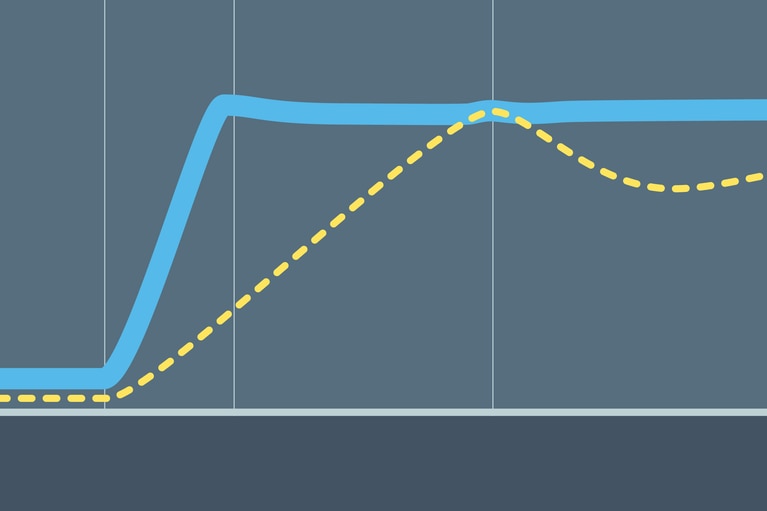
ReVolt – 技術問答
ReVolt 正在解决好莱坞片場的排放問題,下一步將把可擕式 DC 電源應用於建築工地、應急回應事件等領域
尊敬的用戶:
為了改進 Vicor 網站,我們將於美國東部時間 12 月 29 日上午 11:30 至下午 2:00 對網站進行維護。
在此期間,您可能無法查看網站的某些部分,特別是產品頁面和產品型號清單。
對於給您帶來的不便,我們深表歉意,並感謝您的耐心等待。
– Vicor 網站團隊
尋找一種高效、緊湊的解決方案來滿足 EMI 要求是前所未有的更大挑戰性。
在美國和歐洲,傳導雜訊排放需遵循美國聯邦通信委員會(FCC)及德國電力工程師協會(VDE)兩大標準規定的A類與B類限值要求。 在美國,聯邦通信委員會要求在工廠環境中運行的設備一定要符合A類標準,家用設備一定要符合B類標準(該標準更嚴格)。 在歐洲,所有國家都要求家用及工廠設備符合 VDE B 類標準。
FCC 和 VDE 標準全球通用,是眾多本地標準的基礎。 遵循 FCC/VDE B 類限值要求,設備可以在任何地方的大多數環境中工作。
“傳導雜訊”是指輸入電源線上的雜訊電流,由設備(與電源線相連)內的高頻率開關電路產生。 這類包含共模及常模雜訊的雜訊電流在電源與設備供電端之間流動,而且能找到其返回電源線的路徑。 共模傳導雜訊電流是兩根電源線中每根電源線的單向(同相)分量,一般通過第三根(接地)導線找到返回路徑。 常模傳導雜訊電流是兩根電源線中方向或相位相反的電流分量。
傳導雜訊的量測可使用接收器或頻譜分析儀配合相關設備一起執行,以獲得足够的靈敏度和超載保護,從而可確保在 100kHz 至 30MHz 的頻率範圍內準確、可重複地量測所有排放。 受測設備(EUT)和接收器或分析儀均通過線路阻抗穩定網路(LISN)連接至電源。
線路阻抗穩定網路在受測設備和電源之間提供電源線頻率(50 至 60Hz)耦合,並在頻譜測量範圍內確保高度隔離。 接收器或分析儀可為 LISN 量測埠提供一個 50 歐姆的終端。 在測量儀器輸入端,這可保證傳導 EMI 電流與最終電壓間的固定或校準關係。
相關內容
網路研討會:EMI 挑戰及故障排除技術
ReVolt – 技術問答
ReVolt 正在解决好莱坞片場的排放問題,下一步將把可擕式 DC 電源應用於建築工地、應急回應事件等領域
雙向供電與快速瞬態回應能力賦能可擴充的主動懸架系統
正弦振幅轉換器™ (SAC™) 模組憑藉其獨特的雙向供電功能與瞬態回應速度組合,為主動懸架系統開闢了全新可能性
提供更高的峰值功率和更快的動態瞬態回應,實現更輕、更强大的電動汽車架構
隨著時間的推移,市場上的電動汽車(EV)對電驅動系統的依賴程度日益加深,例如線控轉向、線控制動以及主動懸架系統等
電流倍增器:為 AI 處理器及其他嚴苛應用供電的明智之選
AI 處理器需要解决低電壓、高電流的嚴苛挑戰,這將會導致電源系統設計產生瓶頸。瞭解 Vicor 的電流倍增技術如何改變這一現狀



